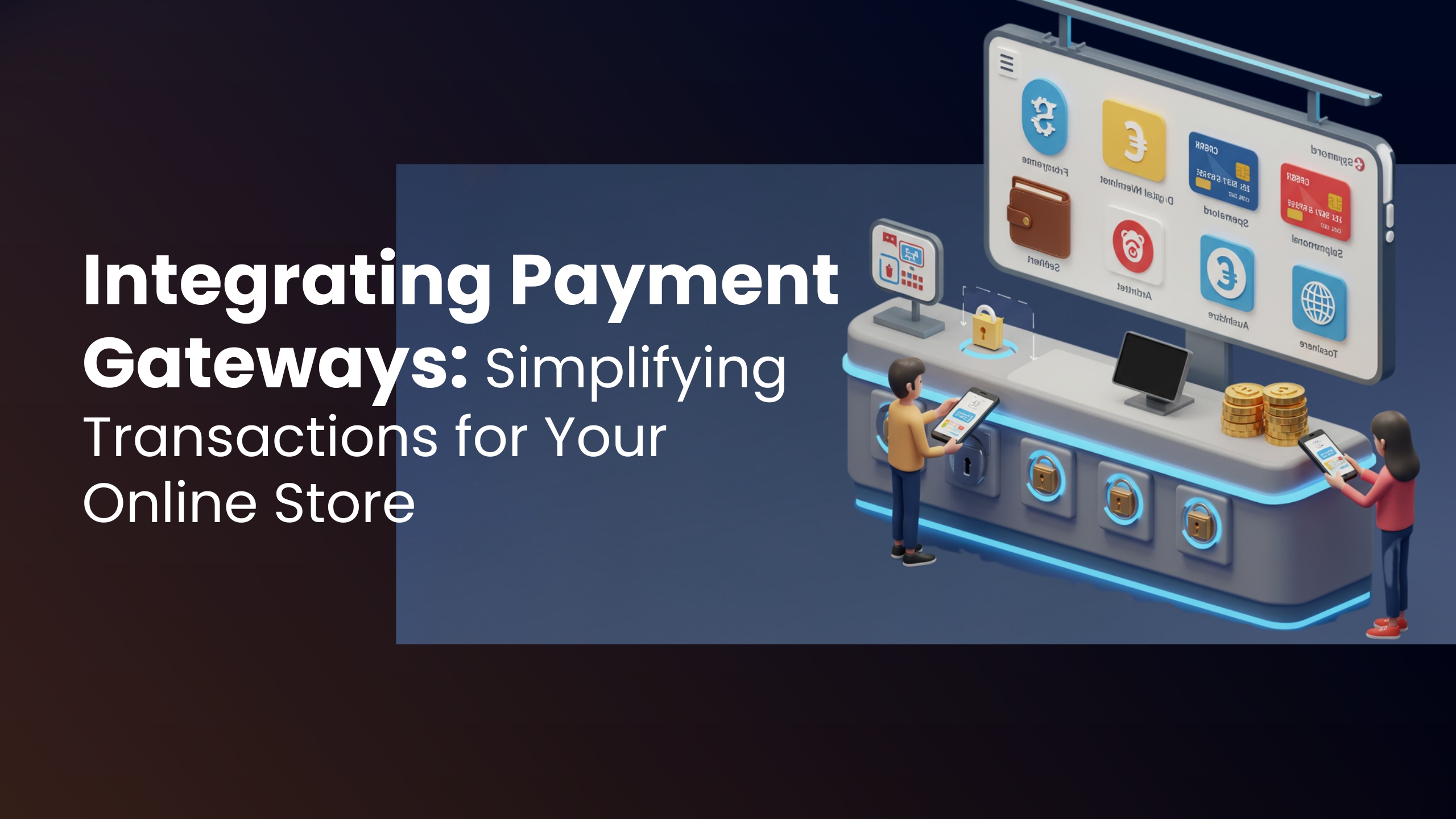Integrating Payment Gateways: Simplifying Transactions for Your Online Store
Introduction
Payment gateways are the unsung heroes of e-commerce. They enable secure transactions, build customer trust, and directly impact your store’s conversion rates. But integrating a payment gateway can seem daunting if you’re new to e-commerce. This guide breaks down the essentials to simplify the process and ensure a smooth experience for both you and your customers.
- What Is a Payment Gateway?
A payment gateway is a technology that processes online payments securely. It acts as a bridge between your e-commerce site and the payment processor, ensuring sensitive data remains protected during transactions.
Examples: PayPal, Stripe, Square, and Authorize.Net.
- Choose the Right Gateway for Your Business
Not all gateways are created equal. Consider these factors:
- Transaction Fees: Compare fees across gateways to find the most cost-effective option.
- Supported Payment Methods: Ensure compatibility with credit cards, digital wallets, and local payment methods.
- Geographic Reach: Choose gateways that support the currencies and regions you sell to.
Tip: Stripe is ideal for global reach, while Razorpay caters to Indian markets effectively.
- Ensure Security Compliance
Customer trust is crucial, and security plays a significant role. Your payment gateway should:
- Be PCI DSS compliant.
- Offer SSL encryption for secure data transmission.
- Include fraud detection tools.
Example: PayPal is widely trusted for its robust security measures.
- Integration Made Simple
Most e-commerce platforms simplify gateway integration:
- Shopify: Built-in support for multiple gateways like Shopify Payments and PayPal.
- WooCommerce: Offers plugins for Stripe, Square, and others.
- BigCommerce: Includes seamless payment gateway integration.
Pro Tip: Check your platform’s app marketplace for one-click integrations.
- Test Your Integration
Before going live, ensure everything works smoothly:
- Run test transactions to check processing speed and error handling.
- Verify that customers receive proper payment confirmations.
- Test various payment methods to ensure compatibility.
- Optimize for Mobile Users
With mobile commerce on the rise, ensure your payment gateway:
- Supports mobile-responsive checkout pages.
- Enables payment options like Apple Pay and Google Pay.
- Loads quickly on smartphones and tablets.
- Monitor and Improve
Post-integration, monitor your payment gateway’s performance:
- Analyze transaction data to spot issues.
- Gather customer feedback on their payment experience.
- Update your gateway as needed to stay competitive.
Conclusion
Integrating a payment gateway doesn’t have to be complicated. By choosing the right solution and following best practices, you’ll create a secure, seamless payment experience that builds trust and drives sales. Remember, a smooth transaction is the final step in turning visitors into loyal customers.

